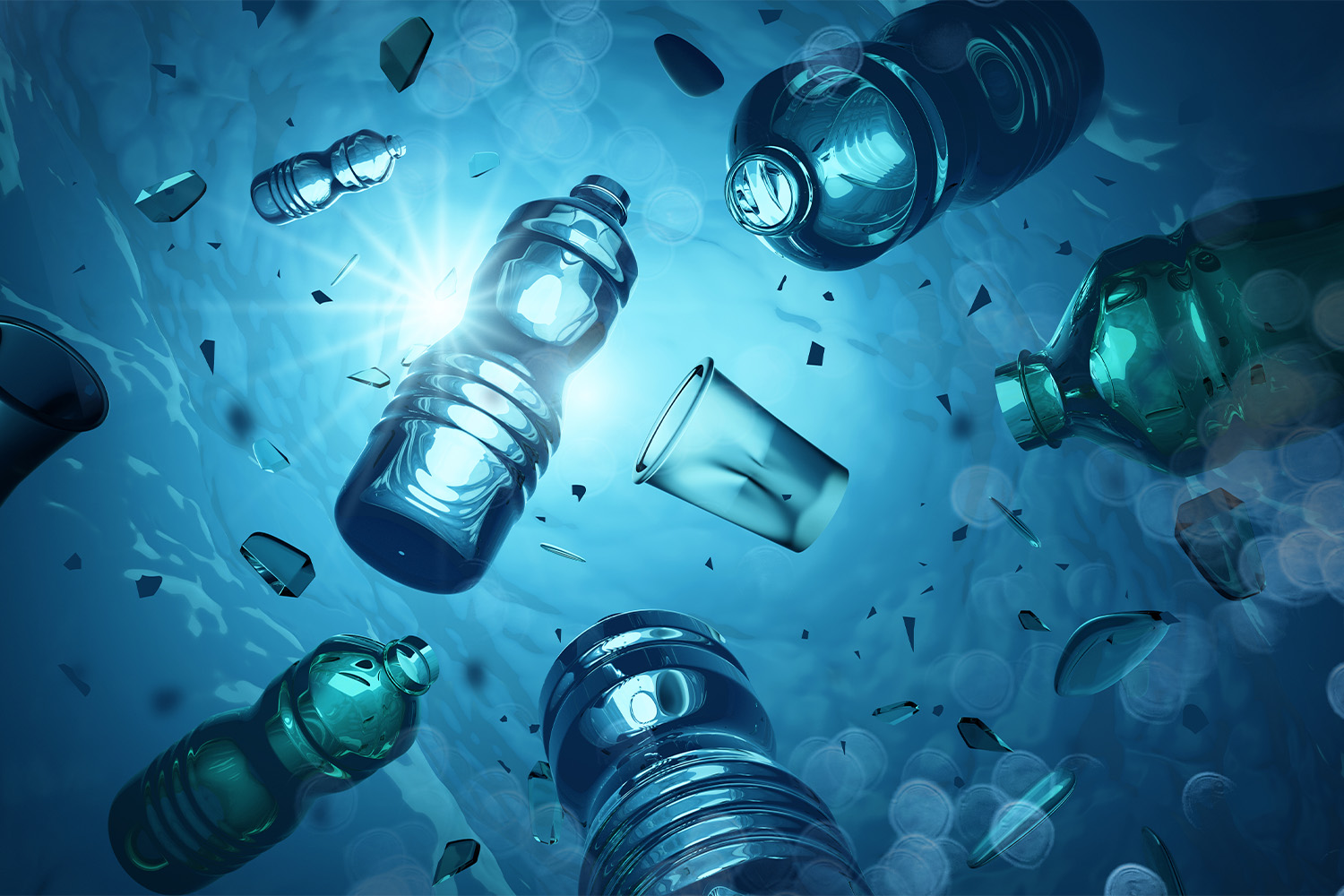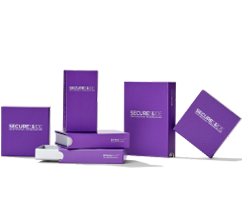
Plastic Bank: Saving The Ocean And Alleviating Poverty
One of the most critical global issues is ocean conservation, with pollutants like plastics, sewage, and boat fuel contributing to the problem. Plastic alone makes up 80% of the debris found in the ocean.
So, what if we told you that this waste mainly comes from 10 rivers, and it is possible to build infrastructure to mitigate plastic waste disposal in favor of recycling? What if we can use this type of infrastructure to alleviate poverty simultaneously?
Meet the Plastic Bank, a bank that dedicates its efforts to reducing poverty through earning credits depending on the amount of ocean plastic a person collects.
What Exactly Is Plastic Bank?
The Plastic Bank is a for-profit social enterprise that supports recycling ecosystems in underdeveloped nations.
Based in British Columbia, Vancouver, the organization knows that most ocean plastics come from developing countries with little or no recycling infrastructure. Therefore, they set up systems to clean the oceans by paying locals to collect plastic waste and generate income.
What Is the Mission of Plastic Bank?
The Plastic Bank aims to eliminate plastic pollution in the ocean by monetizing waste and eradicating high poverty levels in developing countries. The organization understands the true value of plastic waste.
Throwing waste away is not an option — the name of the game is waste management. So why not steer responsible economic development in developing countries, empower recycling ecosystems and stop the flow of plastics in the oceans?
How Many Plastic Banks Are There Worldwide?
Currently, the organization has active collection branches across Indonesia, Brazil, Egypt, and the Philippines. For instance, there are 40 collection centers in Haiti, where the initiative started in 2015. At the time, Haiti did not have a recycling store.
In the Philippines, 150 junk shops were already in operation, making things easier for the company since the only thing the Plastic Bank had to do was collaborate with the junk shops and improve their recycling operations.
The same thing happened in Brazil, which also had well-established recycling cooperatives. The Plastic Bank is also planning to expand its presence in Southeast Asia and Central Africa.
Who Can Use a Plastic Bank?
The organization remains the best platform for anyone to join in the fight to stop ocean plastic and eradicate poverty. Some ways this organization helps in pursuing this noble course include:
- It makes plastic collection seem valuable
- The banks act as convenient stores where the poor use the plastics as currency, reducing the ocean plastics.
- It also helps sustain the recycling ecosystem when giant companies buy reprocessed ocean-bound plastic.
How Does a Plastic Bank Work?
To begin with, the communities collect plastics and deliver them to the Plastic Bank collection point for weighing. They then exchange the plastic waste with blockchain digital-secured systems, goods and services, and money or even tuition.
The company also helps local entrepreneurs set up and operate convenience stores where plastics are the currency for the poor. After collecting the plastics locally, the organization sorts and recycles them. The old recycled plastics are reborn as social plastics.
The plastic banks then sell them to manufacturing companies that package new products.
For Individuals
Collectors and families can earn a stable income from collecting recycled plastics. Besides, they are the consumers of the new products in the social plastics.
For Businesses
Companies like Dymapak make child-resistant bags and packaging solutions that are safe and recyclable. They are also partnering with the Plastic Bank in reducing waste emissions and materials.
How Has Plastic Bank Restored Ecosystems?
The organization empowers the recycling ecosystem by promoting responsible economic development in developing countries. They, therefore, reduce the amount of plastic in the ocean and create jobs as well.
Can You Become Plastic Neutral?
Yes, you can. Businesses like Dymapak choose to reduce plastic pollution with their innovative and sustainable packaging options for consumer goods. The company produces recyclable child-resistant pouches that are eco-friendly and help reduce your plastic footprint. You can be a part of the solution when it comes to sustainability.
The Bottom Line
The Plastic Bank is doing an excellent job at reducing the flow of plastic waste and using it to eradicate poverty. It is prudent for the world to follow in its footsteps by creating innovative solutions that solve problems at the core.
We can create structures that work for everyone’s benefit and steer us into the possibility of world relief. Let’s help Plastic Bank empower the world innovatively.
Sources:
Six critical global issues: What are the world’s biggest problems and how can I help? | GVI Planet
Marine plastic pollution | IUCN
Plastic Bank: launching Social Plastic® revolution | Open Edition


